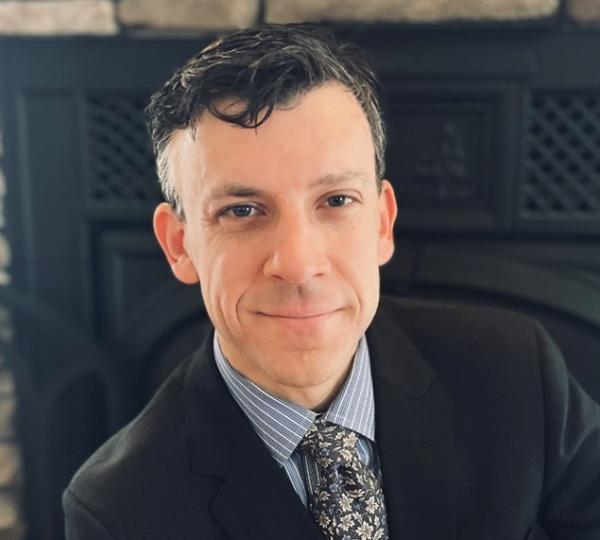By Steven Novakovic is the Managing Director, CAIA Curriculum for CAIA Association.
What a difference five months can make. This week, GPs and LPs converged at the Hilton Midtown for Context365 New York, a mere five months after gathering in Miami for Context365 Miami. In that short period, the S&P 500 fell over 15%, the yield on 2-year treasuries more than tripled from 0.99% to 3.4%, the price of oil shot up 40%, and bitcoin fell by over $15,000.
Not surprisingly, the mood and conversation in New York had a decidedly different tone given the major shifts in the market since GPs and LPs met up in Miami. Highlights and key takeaways from those conversations include:
- LPs are tightening the belt . . .: Or to put it differently, the premium on cash (i.e., liquidity) has gone up. Don’t expect the decline in public markets to reverse anytime soon. And with lagged pricing in private markets and substantial dry powder outstanding (experiencing a slower capital call pace), LPs have less room for new commitments. As a result, they are predominantly focused on anticipated re-ups with core managers. Now is a tough time to make a commitment to a new relationship or to fund a manager coming back to market unexpectedly early.
- . . . and raising the bar: Return expectations are getting higher, and LPs are demanding more for taking on illiquidity. Because (famous last words) this time is different. Unlike the last several major market drawdowns, the Fed is more focused on taming inflation than saving asset values. Don’t expect the Fed to reverse course on rates or flood the system with more liquidity. We’re returning to a moment where cash is king.
- Keep a close eye on your Lending portfolio: While floating rate loans may seem like an excellent place to be in a rising rate environment, higher interest costs may not be sustainable for every borrower. Does your GP truly have experience managing a loan portfolio through a rising rate environment and an elongated economic slowdown? Don’t be surprised to see an erosion in performance of debt funds raised during the last few years.
- Time to dust off your distressed investing playbook: One fund’s dislocation is another fund’s opportunity. Should there be a fallout in private lending books, the opportunity set for distressed investors will expand greatly.
- Declining/Dislocated Public Markets creates Opportunities for Hedge Funds: Most hedge fund strategies have done a good job preserving capital thus far and can invest from a position of strength into a freshly dislocated market. Risk arb strategies (e.g. Merger Arb, Convert Arb, etc.) are seeing widening premiums, while other strategies should benefit from increased dispersion and volatility in the markets (e.g. CTA, macro, equity market neutral).
- Two niche opportunities to keep an eye on: 1) Healthcare royalties – attractive IRRs enabled by a high demand for capital with limited supply from traditional funding sources. 2) PE Secondary funds – a play off the first two takeaways. No doubt there are LPs that unexpectedly overcommitted to privates and are now in desperate need of cash (or rebalancing).
- This crypto winter is actually different: For better or for worse, there have been several crypto winters since Bitcoin entered the finance world 13 years ago. One benefit of the multitude of cycles is the lessons learned from the prior cycle are more likely to stick. Don’t be surprised to see much more resiliency from companies operating in the digital asset space this time around. Yes, there will be a few high profile “blow-ups,” but the reality is many companies learned a great deal about risk management and operational robustness during the last crypto winter and are far more prepared for a down-cycle.
- Investors continue to favor investing in the “Picks and Shovels”: While it might seem impossible to predict which specific coin, token, or digital asset is going to be the next big hit (or the next big blow up), what many investors are comfortable predicting is the crypto ecosystem will continue to grow and adoption with continue to expand. The emphasis on building out the infrastructure is one main reason why this crypto winter is different. Despite significant investment to date in the digital asset ecosystem the expected growth is driving a need for continued investment in institutional-quality infrastructure and tools. The good news for investors is the value of these investments is predicated in large part on broad-based adoption and use (not the price-level of a coin or NFT).
- Don’t let one (or two) bad digital asset fund investments scare you away: For the LPs who first meaningfully allocated to dedicated digital asset strategies in late 2020 or 2021, they probably aren’t feeling good about the current marks on their portfolio. Don’t let this first foray keep you from maintaining an allocation going forward. Digital assets (and blockchain technology) are here to stay. Not to be too cheeky, but if you liked Bitcoin at $60,000, you must really like it at $20,000.
While the mood was more subdued than previous events, there were still areas of optimism and opportunistic investments to be had for investors with liquidity and know-how to take advantage of newfound volatility, dispersion, and dislocation. Now, more so than ever (or since the financial crisis) GPs have the opportunity to separate themselves from the pack through superior active management. What a difference five months makes indeed!
About the Author:
Steve Novakovic is the Managing Director, CAIA Curriculum for CAIA Association. In this role, he is responsible for managing the curriculum and ensuring the content remains relevant and reflects the current trends in the institutional asset allocator world. He joined CAIA Association in 2022 and has been a charterholder since 2011. Prior to CAIA Association Steve was a faculty member at Ithaca College where he taught a variety of finance courses including: Alternative Asset Management, Cryptocurrencies, and Wealth Management, among others.

Steve started his career at his alma mater, Cornell University, (B.S. 2004, MPS 2006) in the Office of University Investments. In his time at Cornell University, he invested across a variety of asset classes for the $6 billion endowment. His twelve years at Cornell generated substantial insight into endowment management, and fund investing across the alternatives and traditional landscape.




